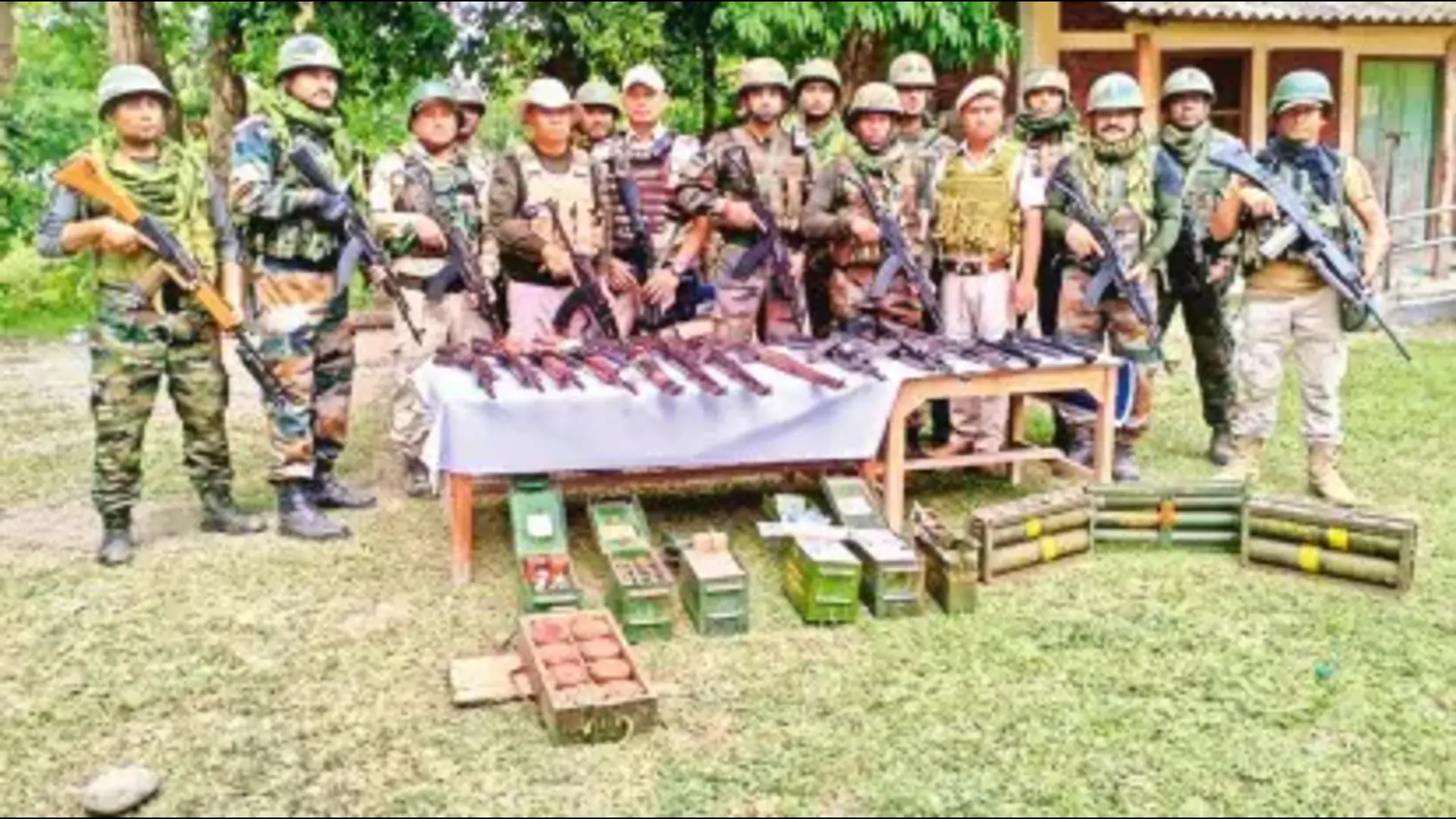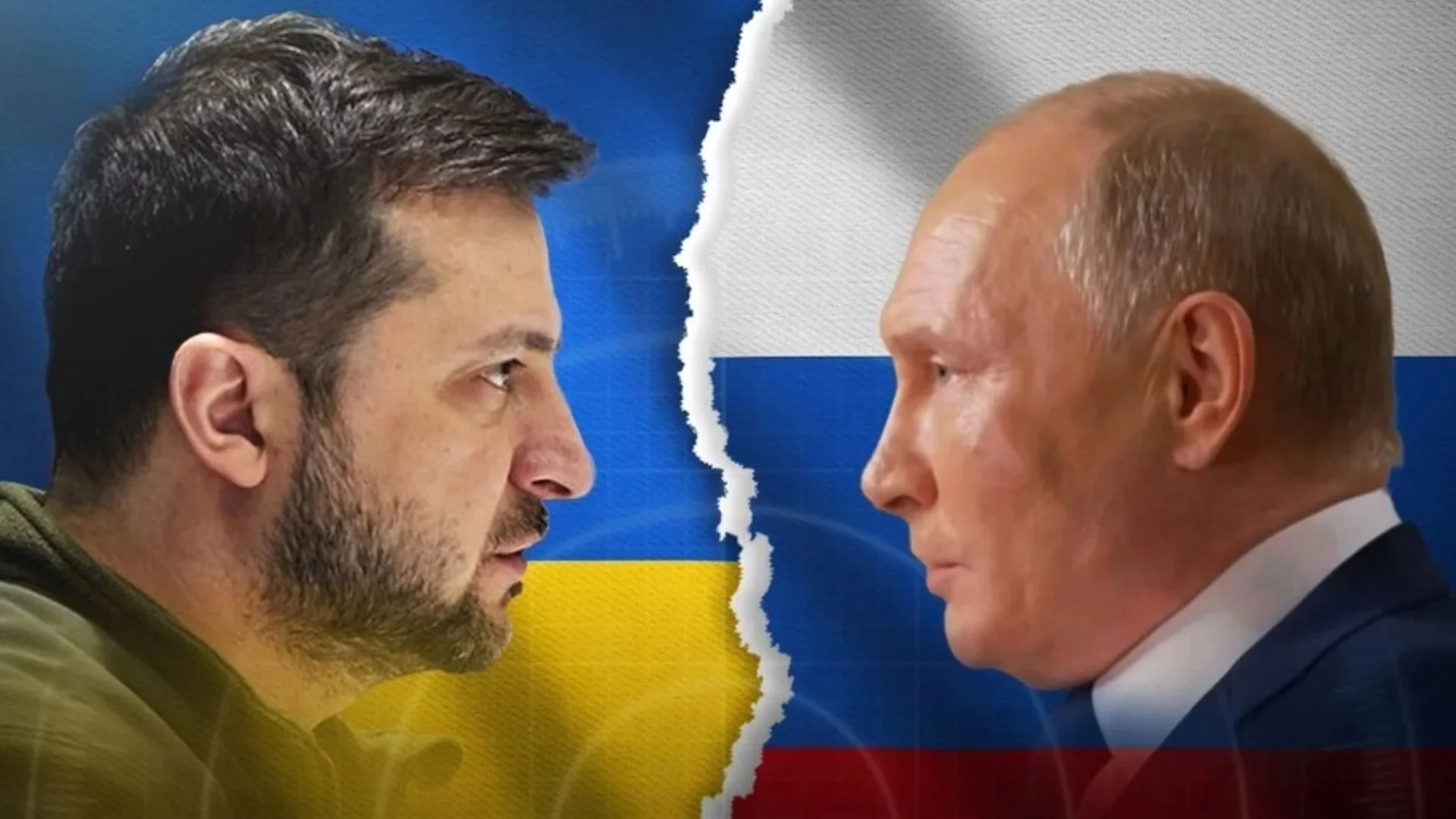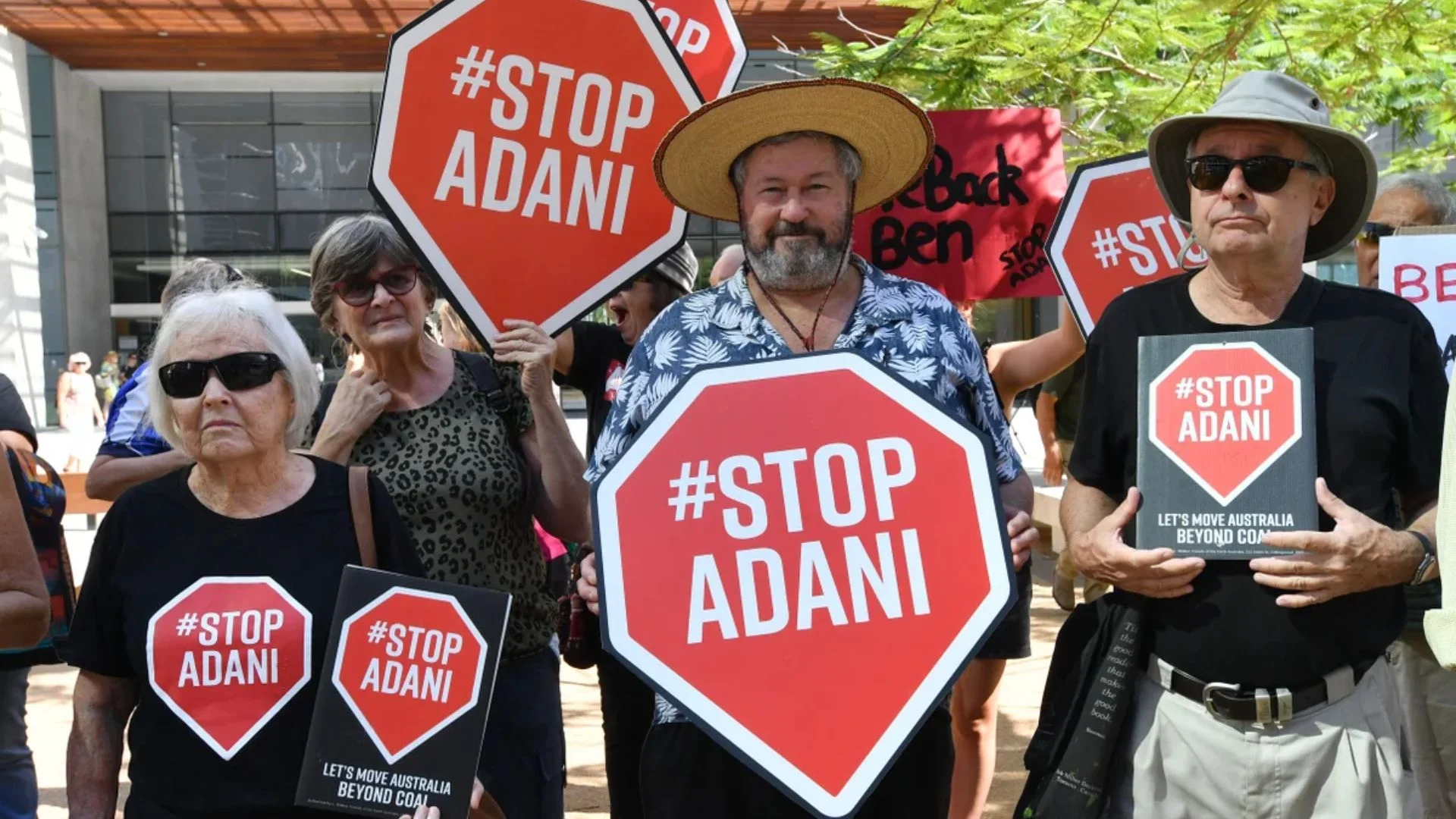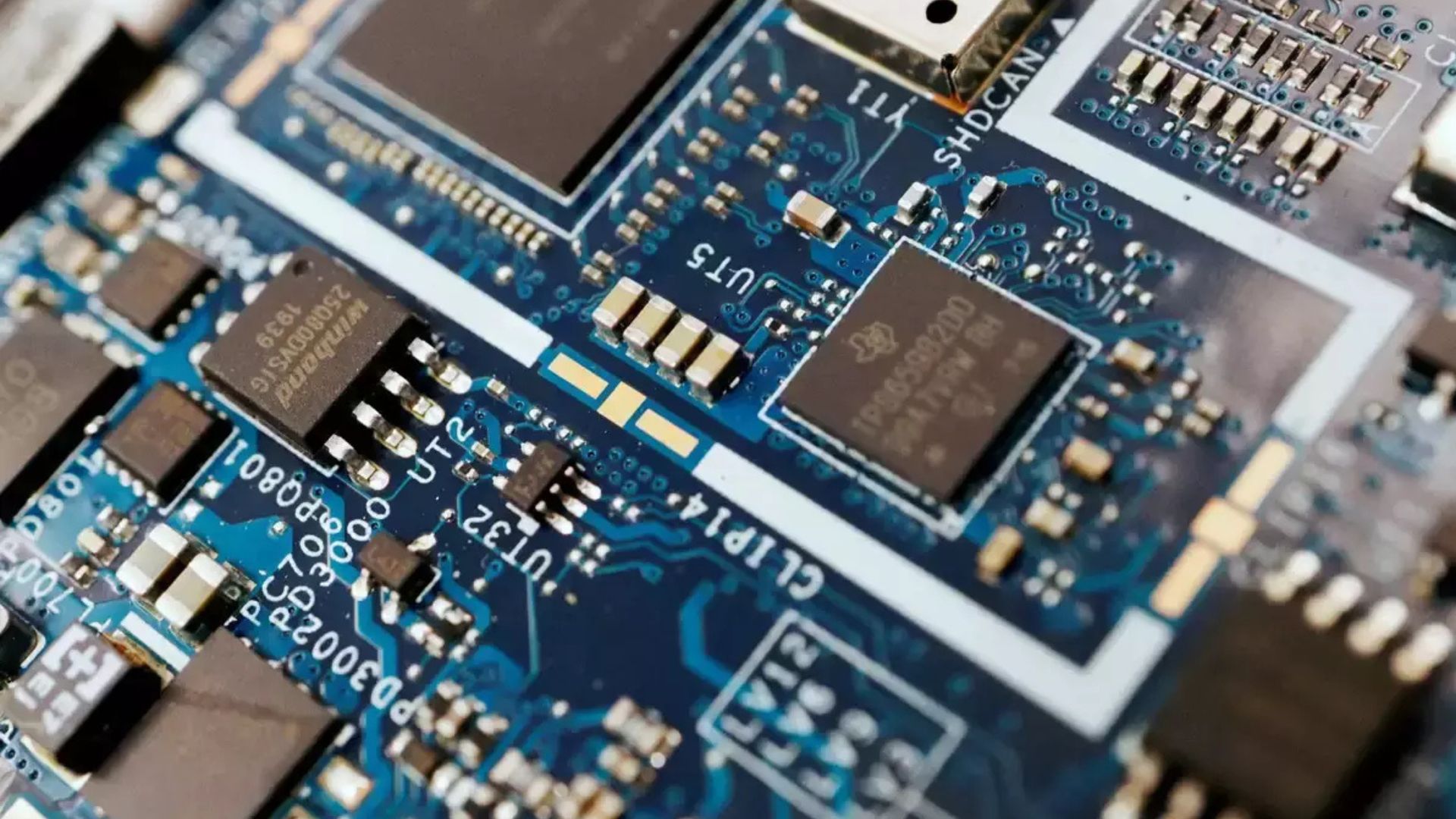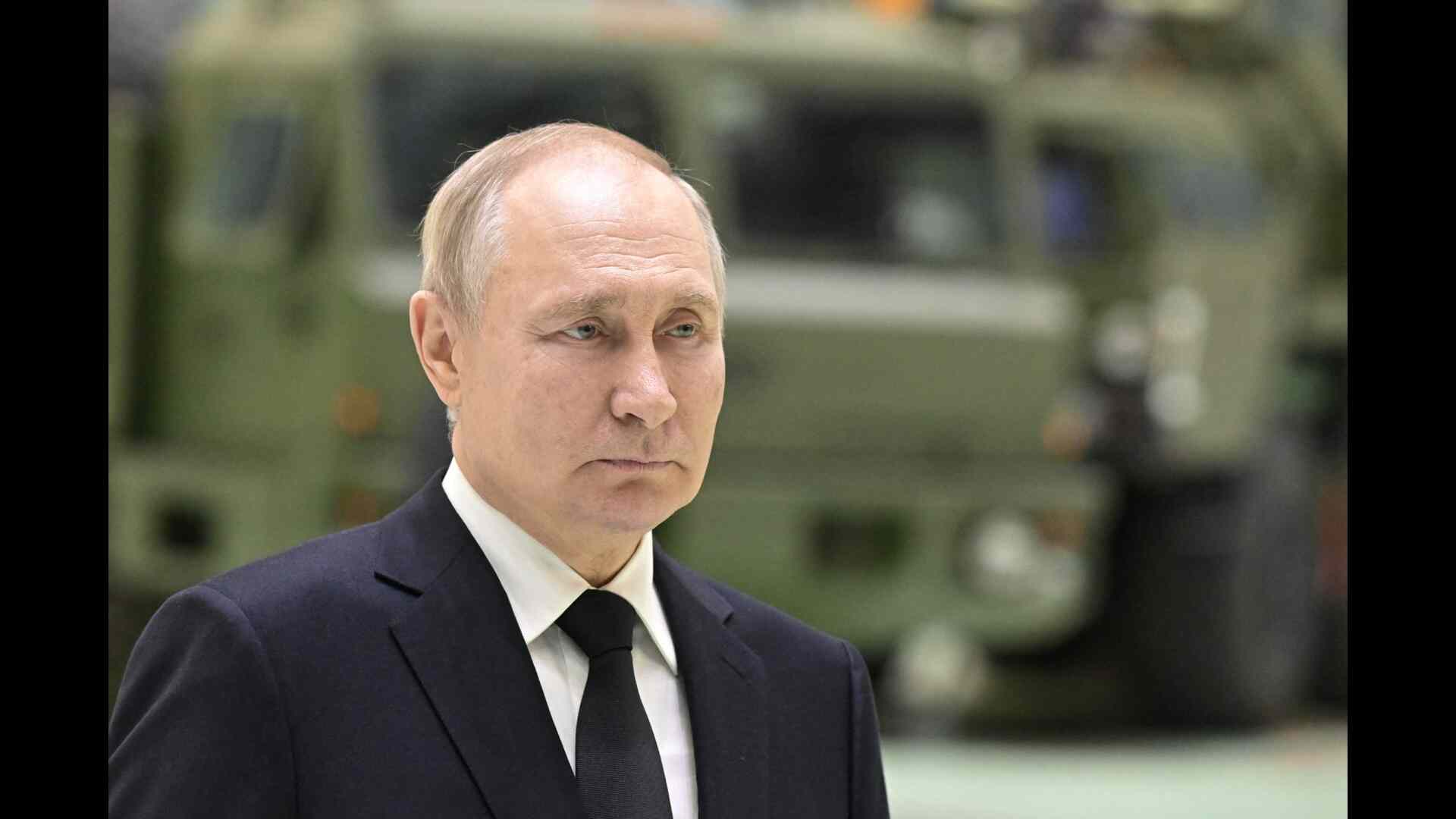
India has averted the rise in extreme poverty through its food security scheme, Pradhan Mantri Garib Kalyan Anna Yojana (PMGKAY), according to the International Monetary Fund (IMF).
A new IMF paper found that extreme poverty (less than PPP US$1.9 per person per day) in India is less than 1% in 2019 and it remained at that level even during the pandemic year 2020. Prime Minister Narendra Modi’s food security scheme, the Pradhan Mantri Garib Kalyan Anna Yojana, has been critical in preventing any increase in extreme poverty levels in India during the Covid-19 pandemic, added the report.
The new IMF Working Paper, “Pandemic, Poverty, and Inequality: Evidence from India”, by Surjit S. Bhalla, Karan Bhasin and Arvind Virmani, presented estimates of poverty (extreme poverty PPP US$1.9 and PPP US$3.2) and consumption inequality in India for each of the years 2004-5 through the pandemic year 2020-21.
These estimates include, for the first time, the effect of food subsidies on poverty and inequality. Extreme poverty was as low as 0.8% in the pre-pandemic year 2019, and food transfers were instrumental in ensuring that it remained at that low level in the pandemic year 2020. Post-food subsidy inequality at .294 is now very close to its lowest level of 0.284 observed in 1993/94.
By investigating the incidence of PDS food subsidies, the authors derive the average rupee food subsidy transfer to each individual and do this for each of the years 2004-5 to 2020-21. This is the first time that a study has explicitly incorporated in-kind food subsidies into the calculation of extreme poverty. These welfare implications of the authors’ work are critical given the pandemic and ongoing research into the effectiveness of various pandemic support measures in advanced and developing countries.
A low level of extreme poverty in two consecutive years, and one including the pandemic, can be considered as an elimination of extreme
poverty. The PMGKAY was critical in preventing any increase in extreme poverty levels in India and the doubling of food entitlements worked substantially in terms of absorbing the Covid-19 induced income shocks on the poor, said the IMF report. “Incorporation of the subsidy data allows us to conclude that pandemic support measures instituted by the government of India were critical in preventing any increase in the prevalence of extreme poverty. We also note and document that food subsidies have reduced poverty on a consistent basis since the enactment of the FSA in 2013 and the co-incidental increase in the efficiency of targeting via the use of Aadhaar,” the report said.
Meanwhile, PM Modi had announced the extension of PMGKAY last month till September 2022. Under the PMGKAY, free food grain is provided to those in need. The scheme was kickstarted in March 2020 amid the Covid-19 pandemic in the country and it was extended till March 2022 in November last year for four months (December 2021-March 2022). The scheme entails providing 5 kg food grain per person per month, over and above the regular monthly NFSA food grain.
The benefit is being provided to those covered under the National Food Security Act (NFSA) [Antodaya Anna Yojana and Priority Households] including those covered under Direct Benefit Transfer (DBT). The government had in March 2020 announced the distribution of additional free-of-cost food grains (rice/wheat) to about 80 crore National Food Security Act (NFSA) beneficiaries in the wake of the situation created by Covid-19 so that the vulnerable households do not suffer on account of non-availability of adequate food grains.
The pandemic shock is largely a temporary income shock, said the IMF report, adding that “a temporary fiscal policy intervention was the fiscally appropriate way to absorb a large part of the shock”. Consumption growth (an important determinant of poverty) was found to be higher in 2014-19 than the robust growth observed in 2004-2011. The paper also examined, in some detail, the plausibility of the results contained in the NSS consumer expenditure survey of 2017-18, added the report.
“Given that extreme poverty has been eradicated in India, India should move from the PPP 1.9$ poverty line to the 3.2$ PPP line. Eradication of extreme poverty is a big achievement especially as we celebrate 75 years of Independence later this year,” the report said.
